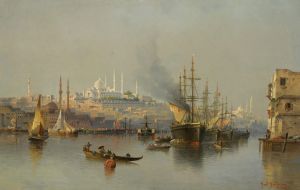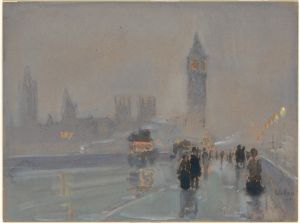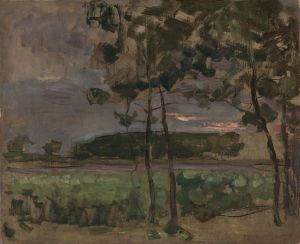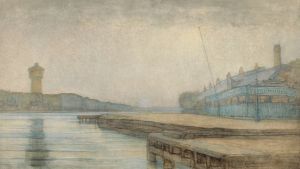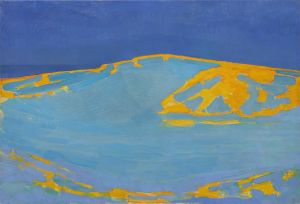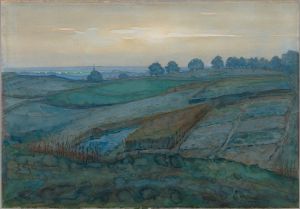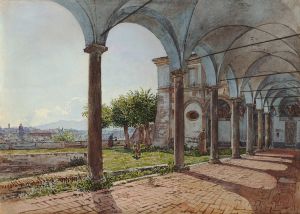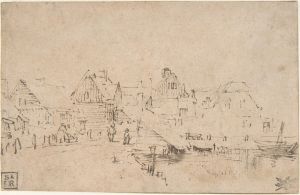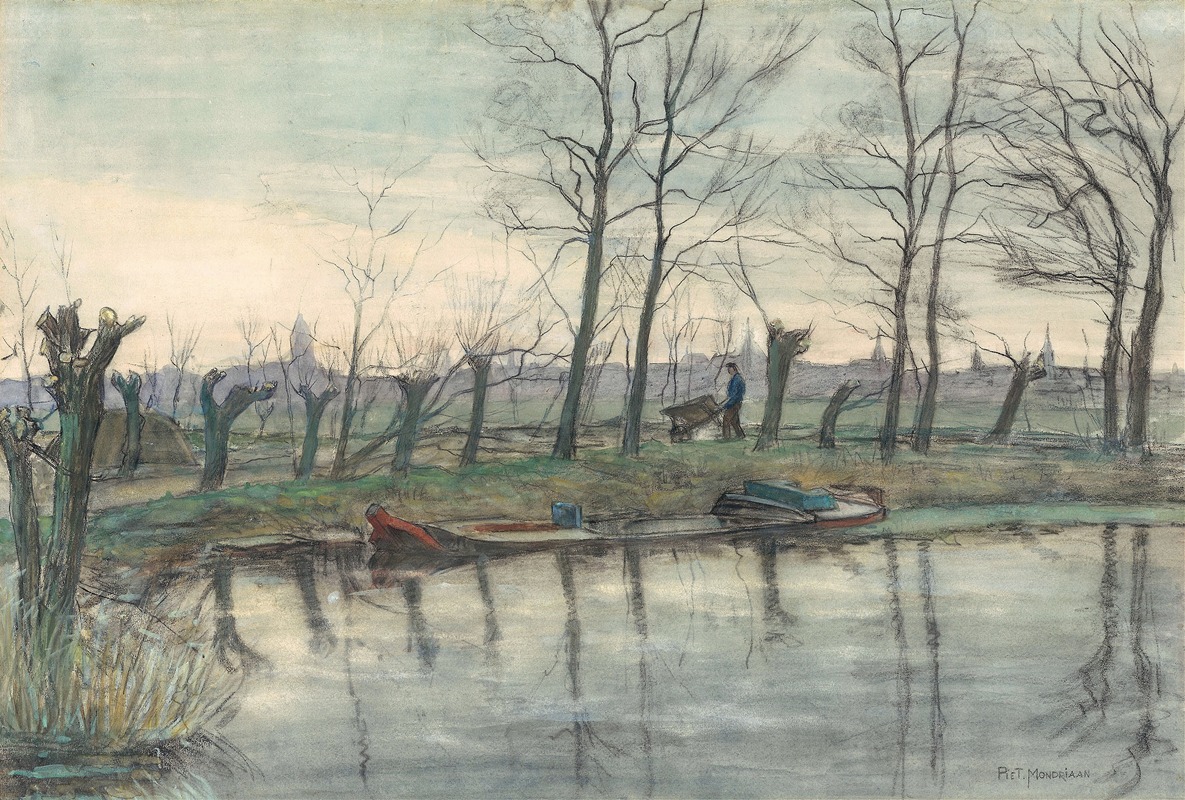
Amsterdam Skyline Viewed from the West
A hand-painted replica of Piet Mondrian’s masterpiece Amsterdam Skyline Viewed from the West, meticulously crafted by professional artists to capture the true essence of the original. Each piece is created with museum-quality canvas and rare mineral pigments, carefully painted by experienced artists with delicate brushstrokes and rich, layered colors to perfectly recreate the texture of the original artwork. Unlike machine-printed reproductions, this hand-painted version brings the painting to life, infused with the artist’s emotions and skill in every stroke. Whether for personal collection or home decoration, it instantly elevates the artistic atmosphere of any space.
"Amsterdam Skyline Viewed from the West" is a painting by the renowned Dutch artist Piet Mondrian, created in 1905. Mondrian is best known for his abstract works and contributions to the De Stijl movement, which emphasized simplicity and abstraction through the use of straight lines and primary colors. However, this particular painting is from an earlier period in his career, when he was still exploring different styles and subjects.
During the early 1900s, Mondrian was deeply influenced by the Impressionist and Post-Impressionist movements, which is evident in "Amsterdam Skyline Viewed from the West." This painting captures a view of Amsterdam, showcasing the city's skyline as seen from the west. It reflects Mondrian's interest in landscapes and urban scenes, a common theme in his work during this period.
The painting is characterized by its use of muted colors and a relatively realistic depiction of the cityscape, which contrasts with the abstract style Mondrian would later develop. The composition includes elements such as buildings, rooftops, and possibly the outlines of trees or other natural features, all rendered with a sense of atmospheric perspective that conveys the mood and essence of the city at that time.
Mondrian's work during this period often focused on capturing the interplay of light and shadow, as well as the subtle variations in color and tone that define a scene. "Amsterdam Skyline Viewed from the West" is no exception, as it demonstrates his skill in using color to evoke a particular time of day or weather condition, adding depth and emotion to the urban landscape.
This painting is significant in Mondrian's oeuvre as it represents a transitional phase in his artistic development. While he would eventually move towards a more abstract and geometric style, works like "Amsterdam Skyline Viewed from the West" highlight his roots in representational art and his ability to convey the beauty of the natural and built environment.
The painting is part of a broader body of work from Mondrian's early career, where he explored various subjects and techniques before fully embracing abstraction. These early works provide valuable insight into his artistic journey and the influences that shaped his later, more famous compositions.
"Amsterdam Skyline Viewed from the West" is an important piece for understanding Mondrian's evolution as an artist. It serves as a reminder of his versatility and the diverse range of styles he experimented with before becoming a leading figure in the abstract art movement. The painting remains a testament to Mondrian's ability to capture the essence of a place and moment in time, even as he moved towards a more abstract and theoretical approach in his later years.





